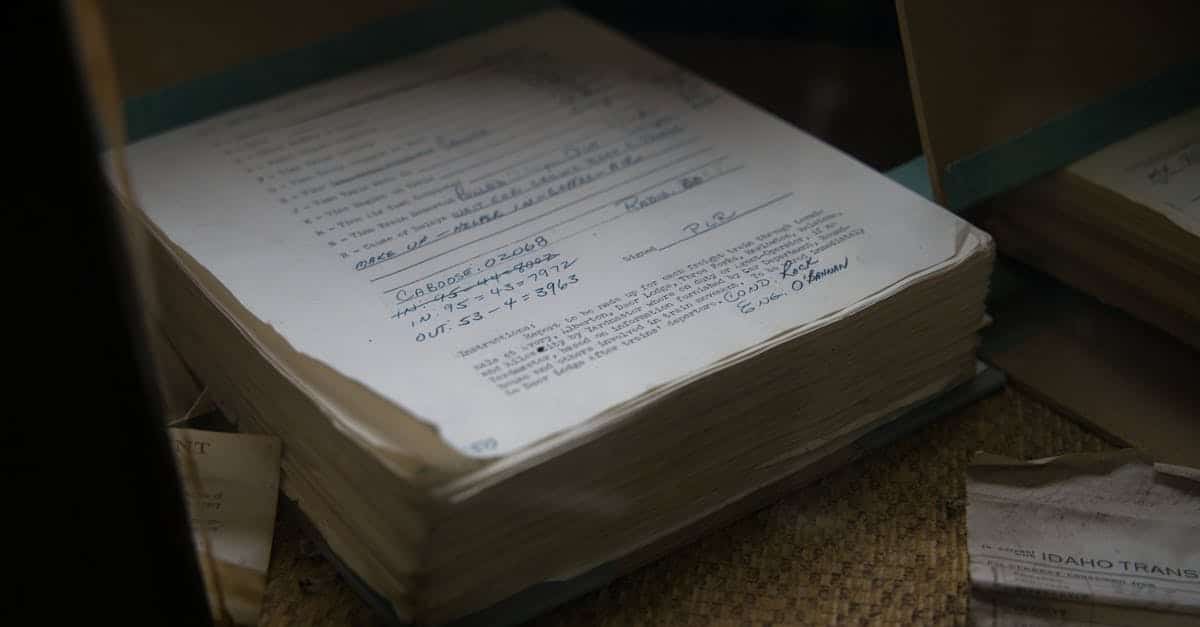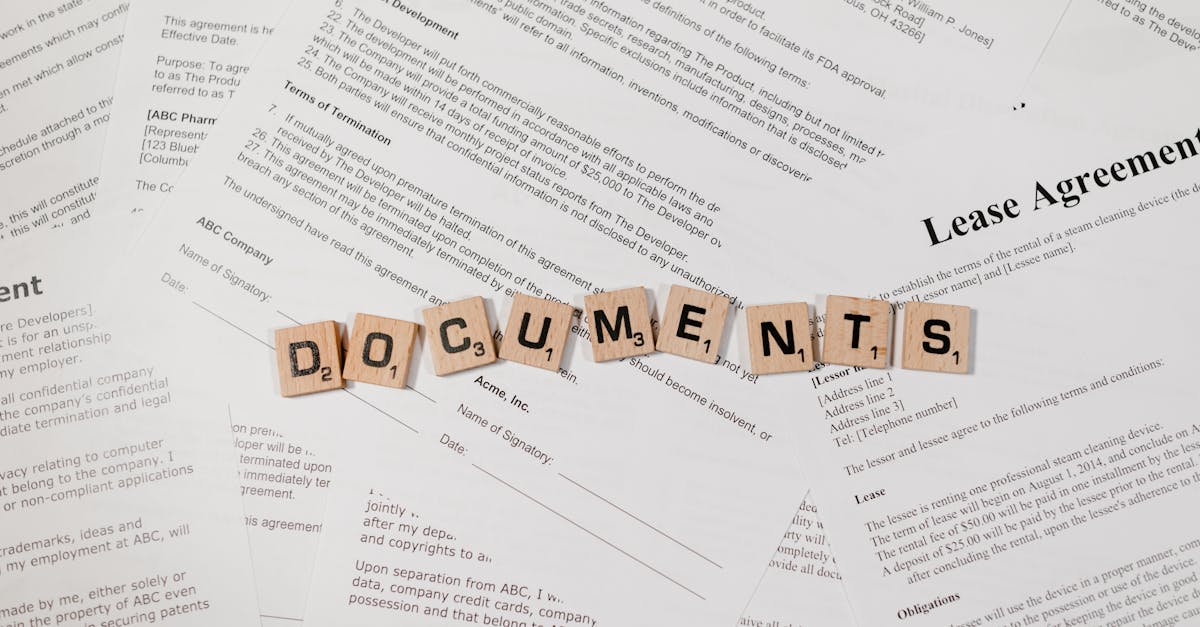
Introduction
Quick reality: audits keep getting louder while documents keep getting thicker. Manual, sample-based reviews are slow, error-prone, and expose teams to missed liabilities or unnecessary access to sensitive data — a nightmare for anyone responsible for legal, HR, or compliance in a growing organization.
AI-driven document automation changes the calculus: clause-level detection, automated evidence collection, and smart workflows let you extract signed contracts, DPAs, policies and HR records at scale, run **PII redaction** before human review, and apply **risk scoring** to prioritize what matters most. These capabilities underpin modern document compliance programs — read on to see how detection, redaction, scoring, integrations and practical automation recipes combine to create a defensible, audit-ready trail.
How document-level AI changes compliance audits (what it detects and why it matters)
What AI detects
Document-level AI reads and classifies individual clauses, metadata and embedded data inside regulatory compliance documents. Typical detections include signature presence and date, jurisdiction and governing law clauses, renewal/expiry terms, unusual indemnities, embedded PII, and obligations tied to third parties.
Why it matters
AI turns a manual, sample-based review into a near-complete, consistent inspection. That reduces missed liabilities, speeds a document compliance audit, and supports better compliance document management across the business. Using document compliance software that tags clauses and extracts obligations gives auditors structured evidence instead of pages of PDFs.
Operational benefits
- Faster reviews through automated extraction and searchable metadata.
- Consistent findings that reduce human variation in audits.
- Actionable outputs for legal, privacy and compliance teams (alerts, risk lists, remediation tickets).
Key audit evidence to collect automatically: contracts, DPAs, policies, HR records
Essential evidence types
Automate collection of these items as part of your compliance document checklist: signed contracts (NDAs, vendor agreements), Data Processing Agreements (DPAs), policy and compliance documents (privacy policies, security policies), and personnel records (offer letters, signed employment agreements).
Where to start
- Contracts and NDAs — ingest executed agreements and version history; use templates like a sample non-disclosure agreement for mapping clauses.
- DPAs — centralize DPAs and extract subprocessors and data transfer mechanisms (example template: DPA template).
- Policies — track publication date, approver and version for each policy (map to a privacy policy like this for structure).
- HR records — collect signed employment agreements and consents (see an employment agreement example) and store access logs.
Evidence hygiene
Ensure integrity with checksums, immutable timestamps, and e-sign audit trails so the audit evidence stands up to regulatory review.
Automated PII discovery and redaction workflows to reduce exposure during reviews
Discovery first, then control
Automated PII discovery scans documents for names, identifiers, financial data, health information and other sensitive elements. This capability is central to data protection and document compliance — it prevents unnecessary exposure during audits and limits reviewer access to sensitive content.
Workflow pattern
- Ingest document → run PII detection model → tag sensitive spans.
- Auto-redact or mask non-essential PII before routing to reviewers.
- For high-sensitivity items (e.g., medical data), require elevated approvals and maintain a secure audit log (consider HIPAA-specific authorization like HIPAA authorization).
Practical controls
- Role-based access: show only redacted view to most reviewers.
- Escalation for unredacted access with audit justification.
- Keep a secure, encrypted archive of original files for regulators if needed.
Risk scoring and prioritization: using AI to flag high-risk clauses or missing controls
How scoring works
AI assigns risk scores at clause and document level based on rule sets and trained models. Factors include presence of high-risk language (liquidated damages, broad indemnities), missing controls (no DPA when processing personal data), expired insurance clauses, or vendor concentration.
Practical outputs
- Prioritized review queues sorted by risk score.
- Auto-generated remediation steps and owners.
- Dashboards showing trending high-risk clause types across the estate.
Why prioritize
Prioritization helps you focus limited legal and compliance resources where they reduce the most risk. Tie the scoring to your document compliance policy and to KPIs in your compliance management system to measure improvement over time.
Integration patterns: connect forms, OCR, DPA templates and e‑sign to create an audit trail
Core integration components
Typical patterns stitch together intake, extraction, template mapping and signature capture:
- Forms & intake — connect online forms and intake portals to capture structured metadata on each document.
- OCR & extraction — use OCR for scanned records and AI extraction for clause-level data.
- Template mapping — map clauses to canonical templates like DPAs and privacy policies so systems can compare new documents to expected standards (example DPA template: DPA).
- E-sign and audit trail — capture signer identity, timestamps and IP metadata to produce evidentiary trails.
Integration tips
- Use webhooks to push new documents into the document compliance management workflow.
- Normalize metadata fields (party, effective date, jurisdiction) to enable fast searches and reporting.
- Link to policy and compliance documents in your repository (for example, a company privacy policy example).
Practical automation recipes: triggers, retention rules, and reviewer assignments for audit readiness
Recipe 1 — Ingestion to triage
Trigger: new document uploaded or received via email.
Action: OCR → extract metadata → run clause detection → assign risk score.
Outcome: create a task in the review queue for high-risk items; classify low-risk documents into long-term archive.
Example steps
- Auto-tag document type (contract, policy, DPA, HR record).
- Route to legal if risk score > threshold; else file to compliance repository.
Recipe 2 — Retention and disposition
Rule: apply retention schedule based on document type and regulatory requirement (records management best practices).
Action: send automated deletion or review notification when retention period ends; preserve audit copy if flagged for regulatory hold.
Recipe 3 — Reviewer assignments and remediation
Trigger: AI identifies missing DPA or high-risk clause.
Action: create remediation ticket assigned to vendor manager or data protection officer; include a compliance document checklist and relevant templates (e.g., DPA, NDA, employment agreement).
Audit readiness
Combine these recipes inside your document compliance management system so an auditor can see ingestion timestamps, redaction logs, risk scores, and reviewer comments — all part of a defensible document compliance audit trail.
Summary
Bottom line: AI-powered document workflows turn slow, sample-based reviews into fast, consistent, and defensible audit processes by automating clause detection, evidence collection, PII redaction and risk scoring. Teams gain searchable, structured evidence (signed contracts, DPAs, policies and HR records), clear remediation steps, and an auditable trail that reduces exposure and speeds decision-making. For HR and legal teams this means less time chasing documents and more time resolving the highest-impact issues, supporting stronger governance and better outcomes for employees and customers. Ready to move from reactive checks to a repeatable program? Explore templates and automation at https://formtify.app to start building your document compliance workflows today.
FAQs
What is document compliance?
Document compliance means ensuring your records, contracts and policies meet legal, regulatory and internal standards. It covers correct content (e.g., required clauses), secure storage, version control, retention schedules and an auditable trail showing who accessed or changed a document. In practice it’s a combination of policy, process and the right tools to prove compliance when asked.
How do I ensure my documents are compliant?
Start by centralizing documents, mapping required controls (retention, approvals, DPAs) and applying consistent templates and versioning. Implement automated checks—clause detection, PII discovery, and retention rules—and enforce role-based access and e-sign audit trails so every change is traceable. Regularly review risk-scored exceptions and assign remediation tasks to the right owners.
Which documents are typically required for regulatory compliance?
Common evidence includes executed contracts and NDAs, Data Processing Agreements (DPAs), company policies (privacy, security), and personnel records like signed employment agreements and consent forms. Depending on your sector you may also need financial records, licenses, and vendor due-diligence files. Collecting these items in a structured, auditable repository makes regulatory responses far easier.
How often should document compliance be audited?
Adopt a risk-based approach: continuous automated monitoring for clause changes and PII exposure, plus periodic formal reviews—typically annual for most programs and more frequently for high-risk areas. Triggered audits after major vendor changes, acquisitions, or regulatory updates are also important. Use AI-driven prioritization to focus human reviews where the risk score is highest.
Can software help automate document compliance?
Yes—modern document compliance platforms automate ingestion, OCR, clause extraction, PII redaction and risk scoring, then wire those outputs into workflows and remediation tickets. That reduces manual effort, limits sensitive data exposure during review, and creates a defensible audit trail for regulators and internal stakeholders. Integrations with e-sign, forms and records management make the process repeatable across the business.





